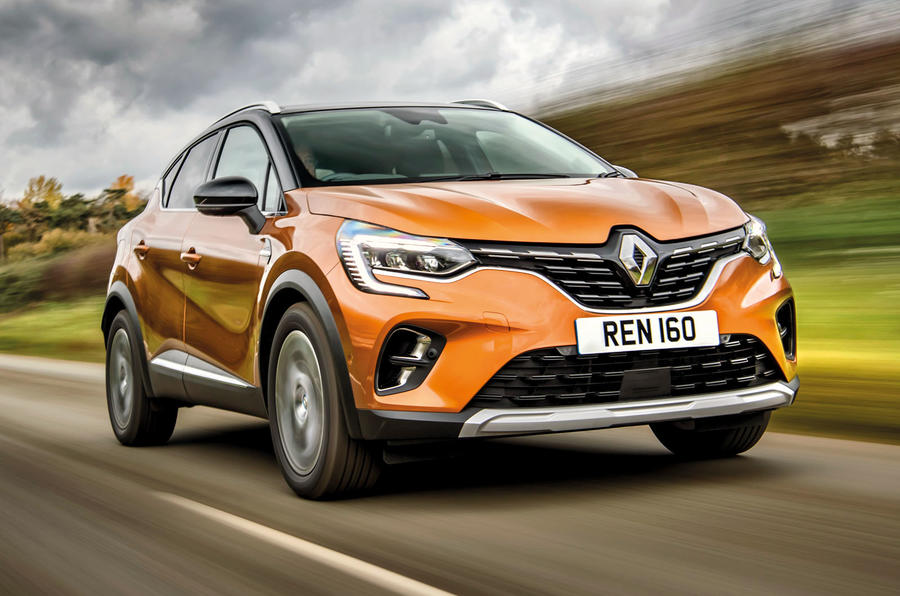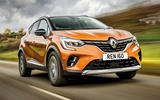What is it?
The new plug-in version of the second-generation Renault Renault Captur has arrived in UK dealerships, giving us our first opportunity to try it with the steering wheel on the right-hand side.
The Renault is an interesting car in its own right, of course, for reasons we’ll come to later, but doubly remarkable for the fact that it’s entering a relatively uncontested segment: that of the plug-in hybrid compact crossover. Size-wise, the Captur takes on everything from the Ford Puma to the Peugeot 2008 and Nissan Juke, but similarly electrified alternatives are limited, essentially, to just the Kia Niro PHEV and Mini Countryman S E All4.
No doubt this niche-busting trio won’t have it so easy for long, given that there’s a new entry to the crossover class every 27 minutes, and that plug-in hybrids continue to play a crucial role in manufacturers’ battle to comply with stringent fleet emissions targets. But for now, the Captur seems on first glance a real no-brainer for urban-dwelling business buyers and eco-conscious families who need a car that’s at once more practical than a supermini but no harder to park. Whether it deserves that custom on the basis of anything but uniqueness alone is what we’ll seek to determine.
The powertrain comprises a 1.6-litre naturally aspirated petrol four-cylinder - unavailable as a means of propelling the non-electrified car - with a 66bhp electric motor for a combined output of 158bhp and a 0-62mph time of 10.1sec. We’ve tested it in S Edition trim, which is marked out from lower trims by its 17in diamond-cut alloy wheels, colour-coded mirrors and tinted rear windows.































Join the debate
Add your comment
What is it with motoring journalists?
The cabin doesn't appear remotely cluttered to me, the retention of some physical controls should be welcomed. Its a car, for gods sake, something to be driven easily and safely, not your latest top end electrical gadget.
33k, 160hp and it still takes over 10 seconds to get to 60, crazy numbers and a crazy purchase for the private buyer and hopefully in a few years the tax dodger too. 33k, who said BEVs were too expensive, this phev is more than a leaf
So, the ride is poor, the refinement isn't great (and being a Renault will undoubtedly quickly get worse due to rattles), the performance is fairly poor and the electric range is average.On top of that it costs £33k.
Tell me again why you like it, over its superior competitors?
It seems these days many reviewers go for style (subjective) over substance (objective ability). Another case in point is the new Honda e, whose supposed 'cuteness' has blinded many reviewers to its shortcomings such as its limited range.